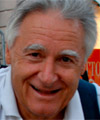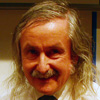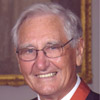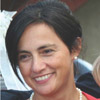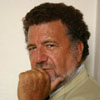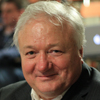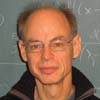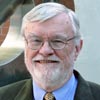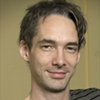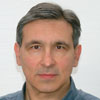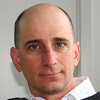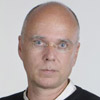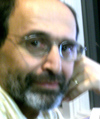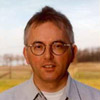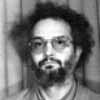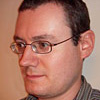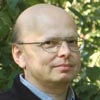


|
Jorge RUEDA
TALK: Strong, Weak, Electromagnetic and Gravitational Interactions in Neutron Stars
ABSTRACT: The observations of the most energetic astrophysical objects, the Gamma-Ray Bursts (GRBs), unveil crucial information on the process of gravitational collapse to a black hole (BH). They are powerful progenitor machines able to emit energy up to a solar mass of electromagnetic radiation in a few seconds. Short GRBs are believed to be the outcome of the gravitational collapse to a BH of overcritical Neutron Star (NS) due to NSs binary mergers. The traditional Tolman-Oppenheimer-Volkoff (TOV) equations of NSs assume local charge neutrality and electromagnetic structure is not accounted for. We show that such an assumption is inconsistent when all known interactions in NS equilibrium equations are present, including electromagnetism. We present the new Einstein-Maxwell-Thomas-Fermi (EMTF) set of equations, which must be solved under the constraint of global, but not local, charge neutrality. The numerical solution of these equations shows that the crust mass and thickness are smaller compared to the values obntained within a TOV-like approach, leading to a new neutron star mass-radius relation. The existence of neutron stars without the presence of inner crusts is shown. In the transition region between the core and the crust globally neutral NSs possess internal electric fields that reach values much larger than the critical Euler-Schwinger-Heisenberg field. This field is stable due to Pauli Blocking of degenerate electrons. We finally show how the observations of the genuinely short GRB, GRB 090227B, are consistent with the new NS mass-radius relation obtained in this theory.
|









